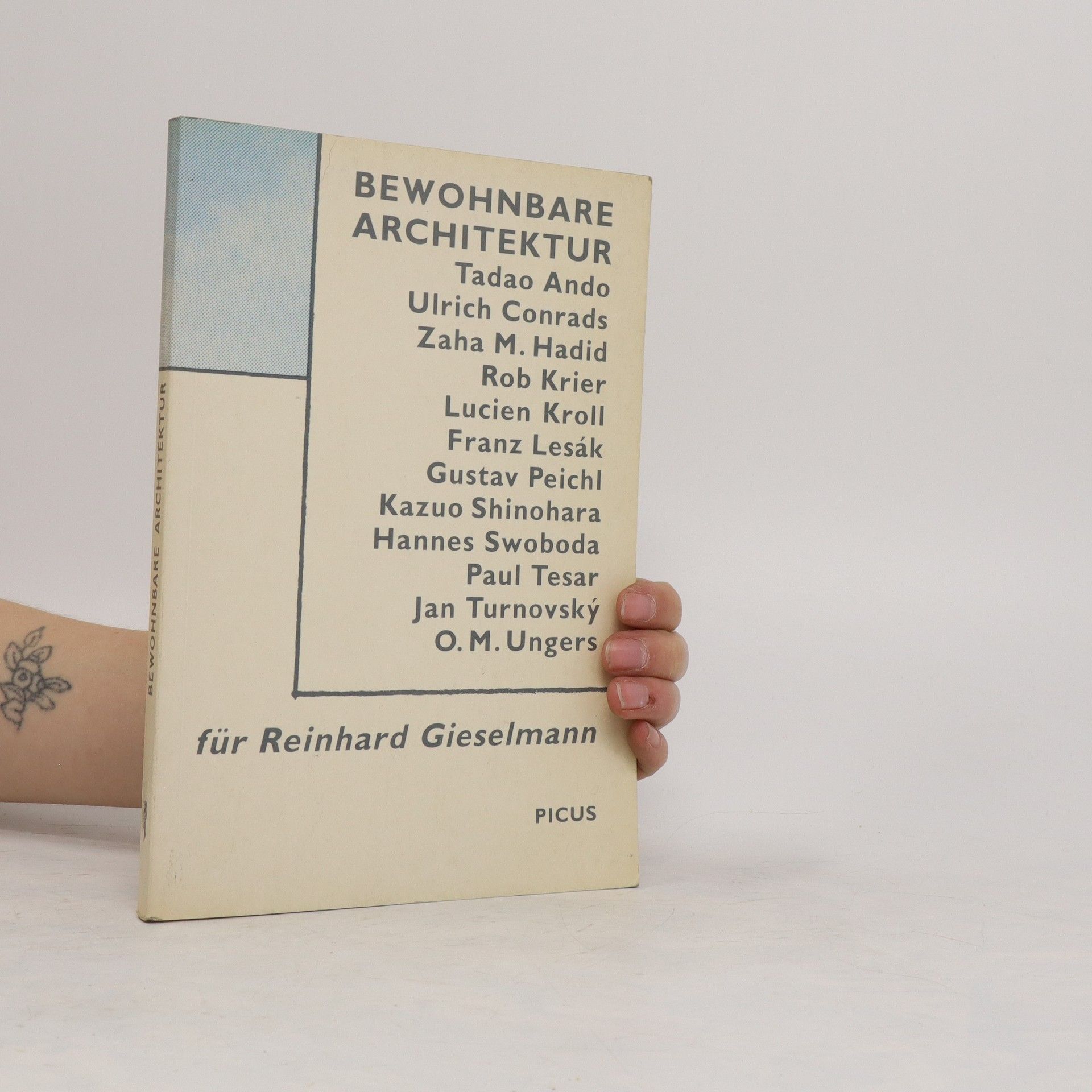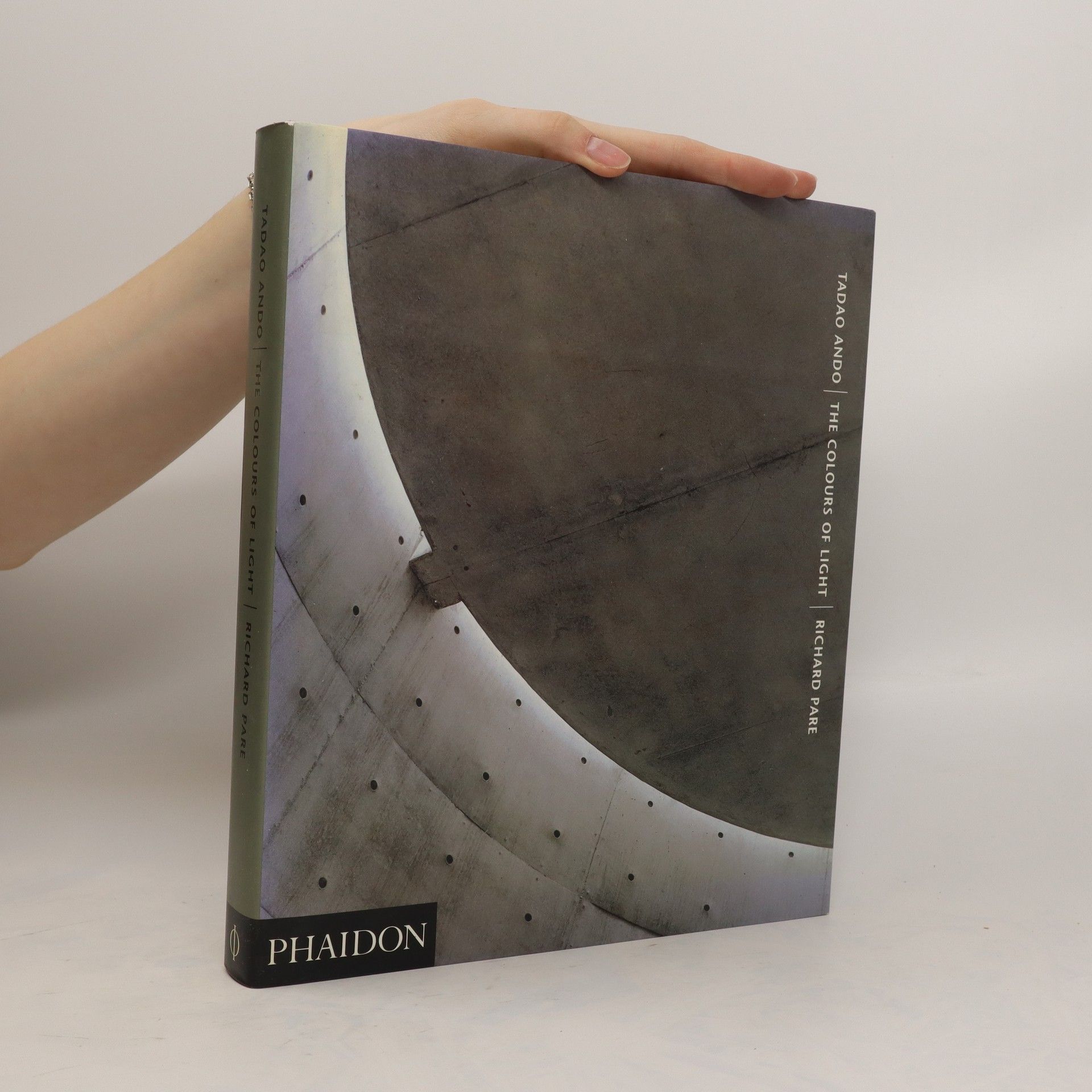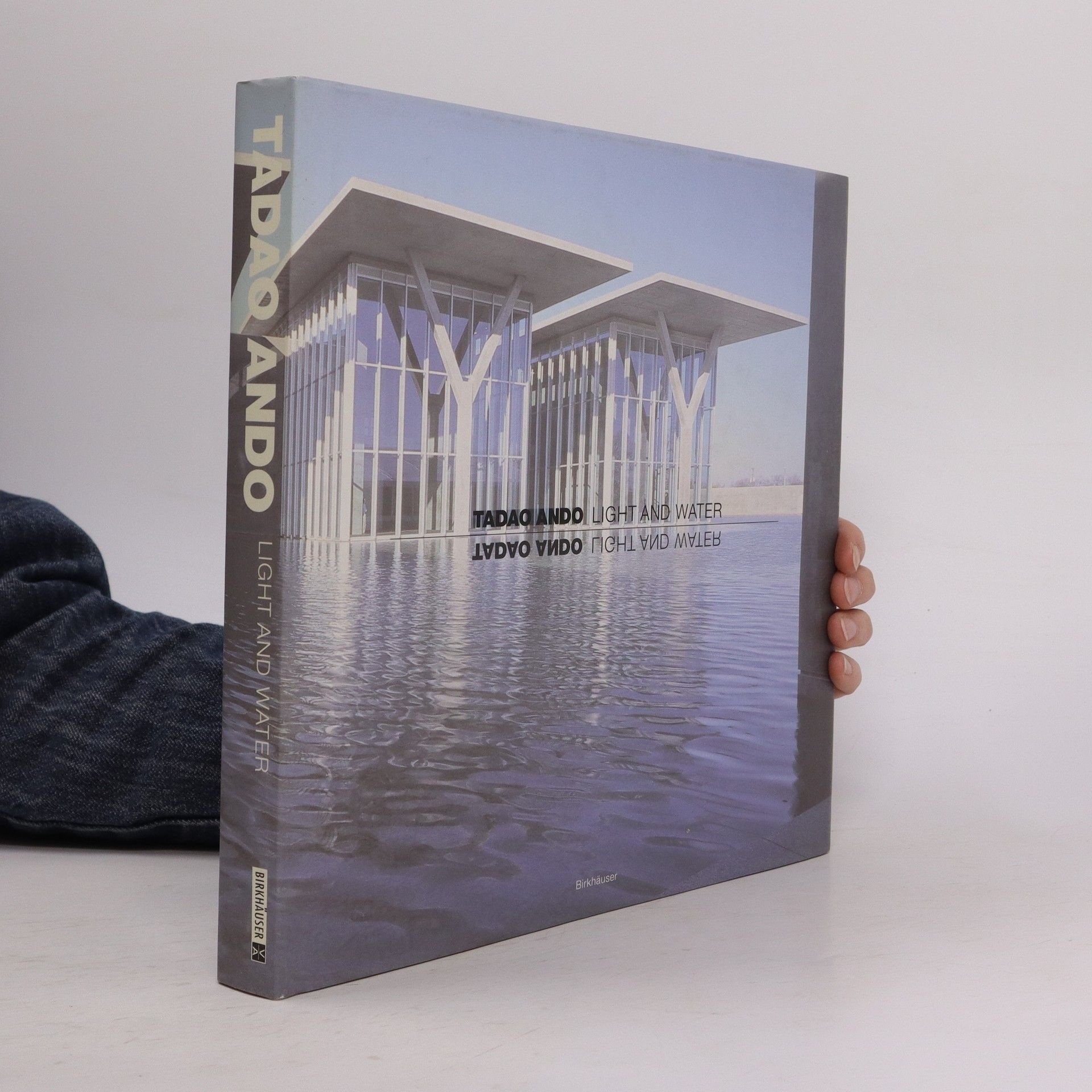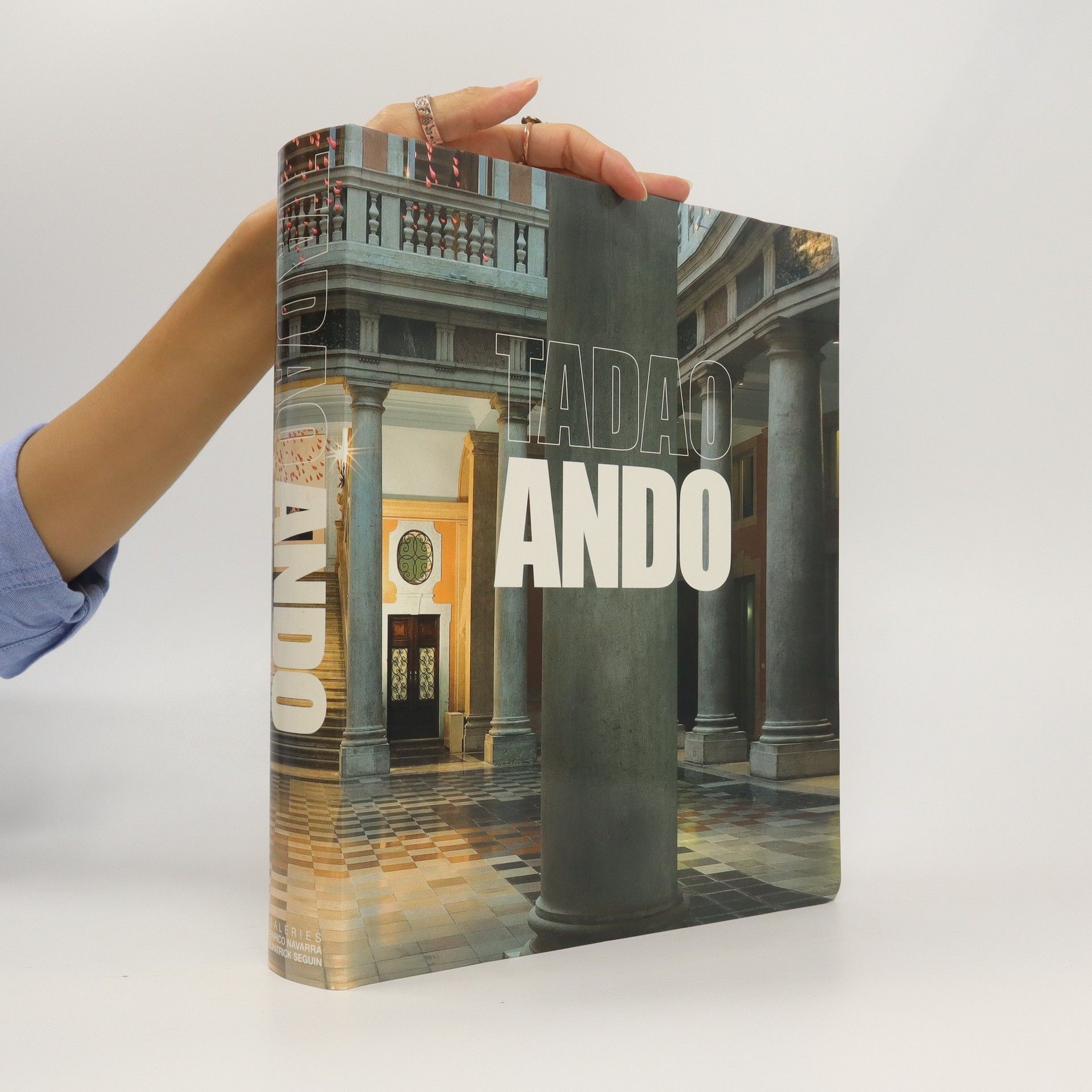Bilingual English & French. Monograph of Tadao Ando whose architectural projects includes the Modern Art Museum of Fort Worth (USA), Langen Foundation (Germany), Francois Pinault Foundation for Contemporary Art (France) and Palazzo Grassi (Italy). With conversation between Ando and Japanese photographer Hiroshi Sugimoto.
Tadao Ando Livres
Tadao Ando est un architecte japonais autodidacte dont l'œuvre est réputée pour son utilisation créative de la lumière naturelle. Ses structures suivent souvent les formes naturelles du paysage, plutôt que de le perturber. Les bâtiments d'Ando se caractérisent par des parcours de circulation tridimensionnels complexes qui entrelacent les espaces intérieurs et extérieurs. Ces parcours se déploient à l'intérieur de grandes formes géométriques et des espaces qui les séparent.




"Ando selected for inclusion the thirty-five projects that best embody his belief that the interplay with nature defines architecture and the passage of time molds architecture. All are shown in spectacular, specially commissioned color photography. Among the major recent works are the Modern Art Museum of Fort Worth in Texas; the Komyo-ji Temple in Saijo, Japan; the meditation space for UNESCO in Paris; the Pulitzer Foundation for the Arts in St. Louis; and the Armani/Teatro in Milan. Also included are some of Ando's most important and well-known earlier works, including the Church of the Water in Hokkaido, the Church of the Light in Ibaraki, and a series of houses throughout Japan."--BOOK JACKET.